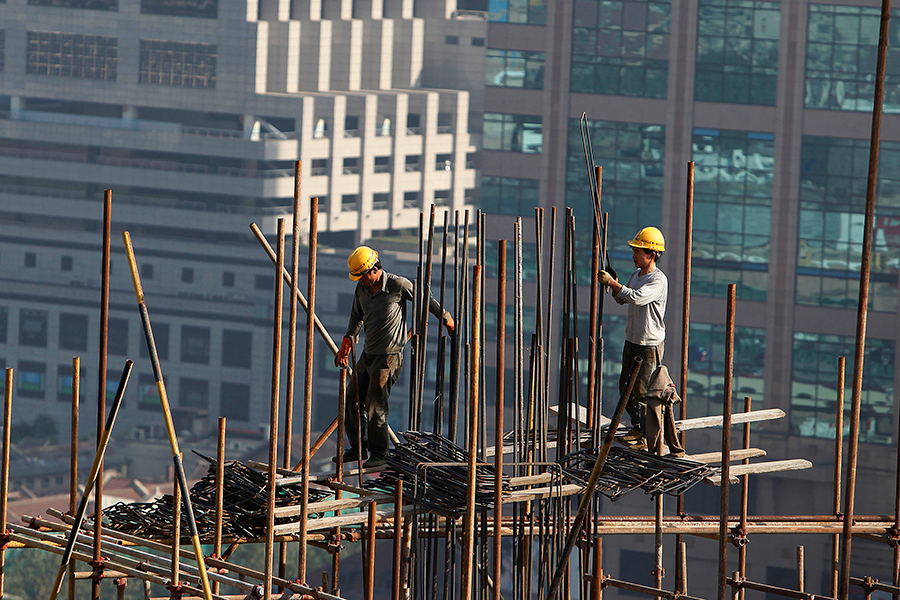China's tech giant Baidu used customer data to track country's 'ghost cities'
Loading...
The combination of cheap land with a growing economy and expectations of unprecedented population growth has led to overdevelopment in Chinese regions, creating what some are calling “ghost cities,” or enormous housing complexes that appear to be mostly empty.
Because there’s no reliable data detailing how full or empty these developments actually are, it is difficult to make informed decisions about future developments. For this reason, Baidu, one of the biggest web companies in the world, often referred to as China’s Google, decided to use its customer data to find out.
“Real estate projects are developed excessively in China in this decade,” Baidu data scientists wrote in a recent study they published. Adding, “Many new housing districts are built but they far exceed the actual demand in some cities.”
Part of the reason is that municipal governments bought up cheap land in city outskirts which they sold to developers at a huge markup. Developers were forced to building immediately by a Chinese law that prohibits the new owners from sitting on undeveloped land.
In certain cases, they built vast developments of apartments and malls outside of urban areas in anticipation of an expanding population in a decade or two. Some buildings were built so hastily, they don’t even have toilets or appliances.
"Maybe the decision makers, when they were planning, should have considered these things more," Haishan Wu, a Baidu data scientist, told National Public Radio (NPR). "Now that we know where the ghost areas are, we can try to identify why these areas are 'ghostly' and do something about it."
Baidu used location data of 770 million users to map where these ghost cities are and how many people actually do or do not live there.
The company tracked where their users traveled every day over the course of six months by using location data from smartphones and GPS receivers, thus mapping out where its users were likely living. Simultaneously, it compiled government and real estate data to map known residential developments.
By overlaying the two datasets and adjusting for seasonal tourism spikes in certain areas, the company was able to figure out how populated some of the questionable developments are.
Baidu researchers identified 50 "ghost cities" in China. The Chinese Ministry of Housing and Urban-Rural Development says that an a standard urban region should house 10,000 people in an area of one square kilometer, Baidu researchers said. So they defined a ghost city as an area with half this density.
The company has released their "ghost maps" for 20 Chinese cities, reports NPR, and says it will sell the rest to real estate companies.
"I think this will be a very useful tool," Dali Yang, a political scientist at the University of Chicago who wasn't involved in the Baidu research, told NPR.
"Before, developers would sometimes resort to counting how many windows were lit up at night. It wasn't very accurate," he said.
China-based author and Reuters columnist Wade Shepard writes that there are nearly 600 more cities in China today than there were 60 years ago. In just 15 years, he points out, Shanghai grew sevenfold, with its population rising to more than 23 million from 6.61 million.
He notes that there’s actually a plan behind what appears to be excessive development. It involves building 10 “megaregions” across the country with between 22 and about 100 million people living in each one.
“China’s broader urbanization movement shouldn’t be thought of as a developmental free-for-all,” he wrote.
He suggests that “ghost city” describes only a phase of development, and writes that “It generally takes at least a decade for China’s new urban developments to start breaking the inertia of stagnation.”
“But once they do,” he explained, “they tend to keep growing, eventually blending in with the broader urban landscape and losing their ‘ghost city’ label.”






